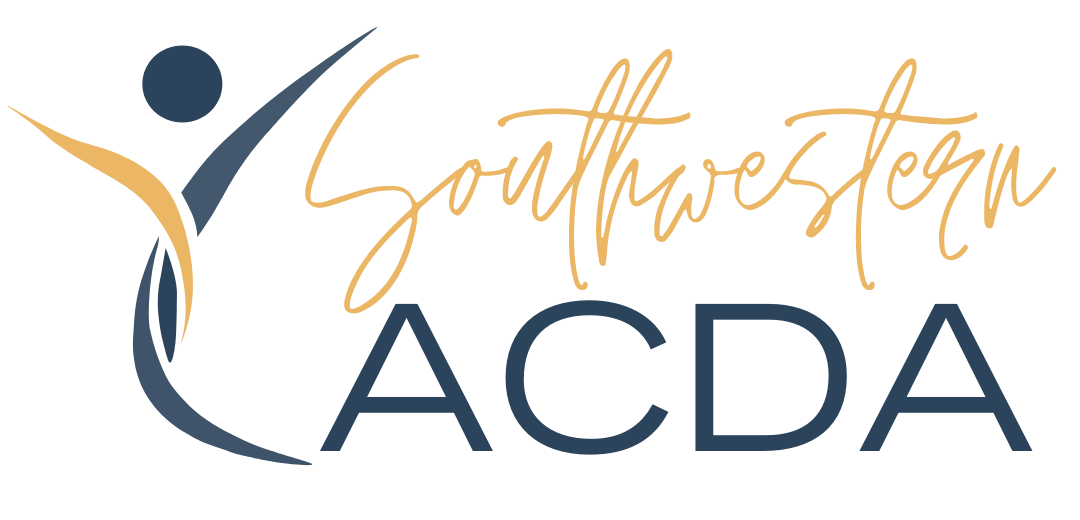Nathan Wubenna, Children & Community Youth R&R Chair
First Impressions in Choir: Building Skill, Culture, and Community
We all understand the importance of first impressions—whether it’s opening music at a concert, an audition, or a job interview. The same principle applies at the start of a school year or choir season. The decisions we make in those first rehearsals are crucial to setting up both ourselves and our singers for long-term success.
Rather than rushing straight into concert repertoire, I’ve found value in planning a short beginning-of-year “mini-unit” that addresses key aspects of musical and social development. The time invested upfront pays off significantly in ensemble tone, community, and expectations.
Here are five elements I aim to address right away:
- Community building
- Musical expectations
- Social expectations
- Rehearsal and learning processes
- Foundational skills in musicianship and vocal production
Below, I share two examples of how I’ve applied this philosophy—one in a school choir setting with daily rehearsals, and another in a community or after-school choir that meets weekly.
SCHOOL CHOIR: 8-DAY MINI-UNIT
This model assumes daily rehearsals. For block schedules, consider combining two days’ content. I use a similar plan with all of my ensembles—including advanced choirs—because it resets vocal habits, builds cohesion, and sets high expectations from day one.
Day 1: Start Singing, Start Playing
Welcome your singers enthusiastically, reinforce the idea that every voice is valuable, and get them singing right away. Introduce or review foundational vocal production skills appropriate to your group (e.g., breath support, vowel shaping).
Then, break the ice with a favorite name game or two. I love using this moment to reinforce growth mindset:
- Have each student proudly declare, “Hi! I’m [name] and I failed!”
- The rest of the class responds with a hearty, “Hi, [name]! HOORAY, you failed!”
This celebrates risk-taking and helps create a safe, playful space.
Day 2: Reinforce Foundations & Build Musical Concepts
Review vocal fundamentals and apply them to a simple round. Begin introducing musicianship concepts (rhythm, melody, etc.) at an appropriate level.
Include a teambuilding activity—playful interaction fosters trust. Begin modeling and practicing any classroom processes you expect students to use regularly. If you are looking for a new one to try, take a look HERE.
Day 3: Grow Tone and Community
Continue developing ensemble tone and skills. You may stick with the same round or introduce a new one.
Play another interactive game—don’t worry if it’s not explicitly labeled a “teambuilder.” Fun and laughter are bonding tools. Encourage students to learn each other’s names. I like to reward those who can name everyone successfully with a treat or privilege, and give opportunities to do so through the next several days.
Day 4: Introduce a Unison Piece
Choose a piece that’s quick to learn yet musically rich—something you might assign a solo student in voice lessons. The goal: fully learn, finesse, and memorize this by Day 8. Use it to reinforce the foundational skills you’ve been building.
Also, begin preparing to co-create social norms or expectations with your students.
Day 5: Set Expectations, Raise the Bar
Continue learning the piece, and start applying expressive elements (dynamics, phrasing, etc.). Be intentional: once you introduce a musical detail, expect them to deliver on it.
Work with your singers to create a class contract or shared expectations. Involving them ensures greater buy-in and understanding.
Day 6: Memorize and Assess
Memorize the unison piece. Start bridging to the next phase of your curriculum—e.g., a theory pre-test or preview of upcoming repertoire. Finish any lingering expectation-setting activities.
Day 7: Rehearse Like It’s a Concert
Refine the unison piece as if you’re performing it tomorrow. Revisit rehearsal processes and continue holding high expectations. Include a deeper-level team activity that encourages more meaningful connection.
Day 8: Perform and Celebrate
Do a final “dress rehearsal” of the piece and then record the ensemble. Celebrate the hard work and highlight their progress.
Then, take it a step further: share the video with parents. This will be a positive “touch” as the school year starts and sets you up for success with those relationships as well. You could also use this to get them to open the email with expectations for the year and concert dates.
COMMUNITY OR AFTER-SCHOOL CHOIR: 1-DAY LAUNCH + FOLLOW-UP
This approach works for choirs that rehearse weekly, ideally for longer sessions.
First Rehearsal
Start singing right away—engagement matters. Introduce foundational elements, such as breath and tone, and apply them using a round.
Play 1–2 name games (see Day 1 above for my favorite, as well as Day 2 for additional suggestions). Encourage students to learn each other’s names, and offer rewards for naming everyone.
Establish expectations for attendance, practice, music marking, rehearsal etiquette, etc. Be sure to explain the why behind each policy—this boosts investment and cooperation.
If time permits, introduce some of the music for the upcoming concert and build excitement!
Follow-Up Strategies
- Choose a unison or easy-to-learn piece for the first concert. This allows quick progress on musicality and sets a strong precedent.
- Keep playing games and encouraging connection, which is especially important for groups that only meet weekly.
- Share video clips of successes throughout the year, celebrate them with your singers and brag to the parents about how awesome their kids are.
- Continue to set and hold high expectations. Singers appreciate it (no matter how much they may whine) and will rise to the occasion.
Final Thoughts
Whether you rehearse daily or weekly, beginning your school year or season with intention makes a difference. A purposeful first impression helps create strong singers, a healthy culture, and a rehearsal environment where excellence can flourish. Don’t rush the foundation—build it thoughtfully, and your choir will thrive all year long.
